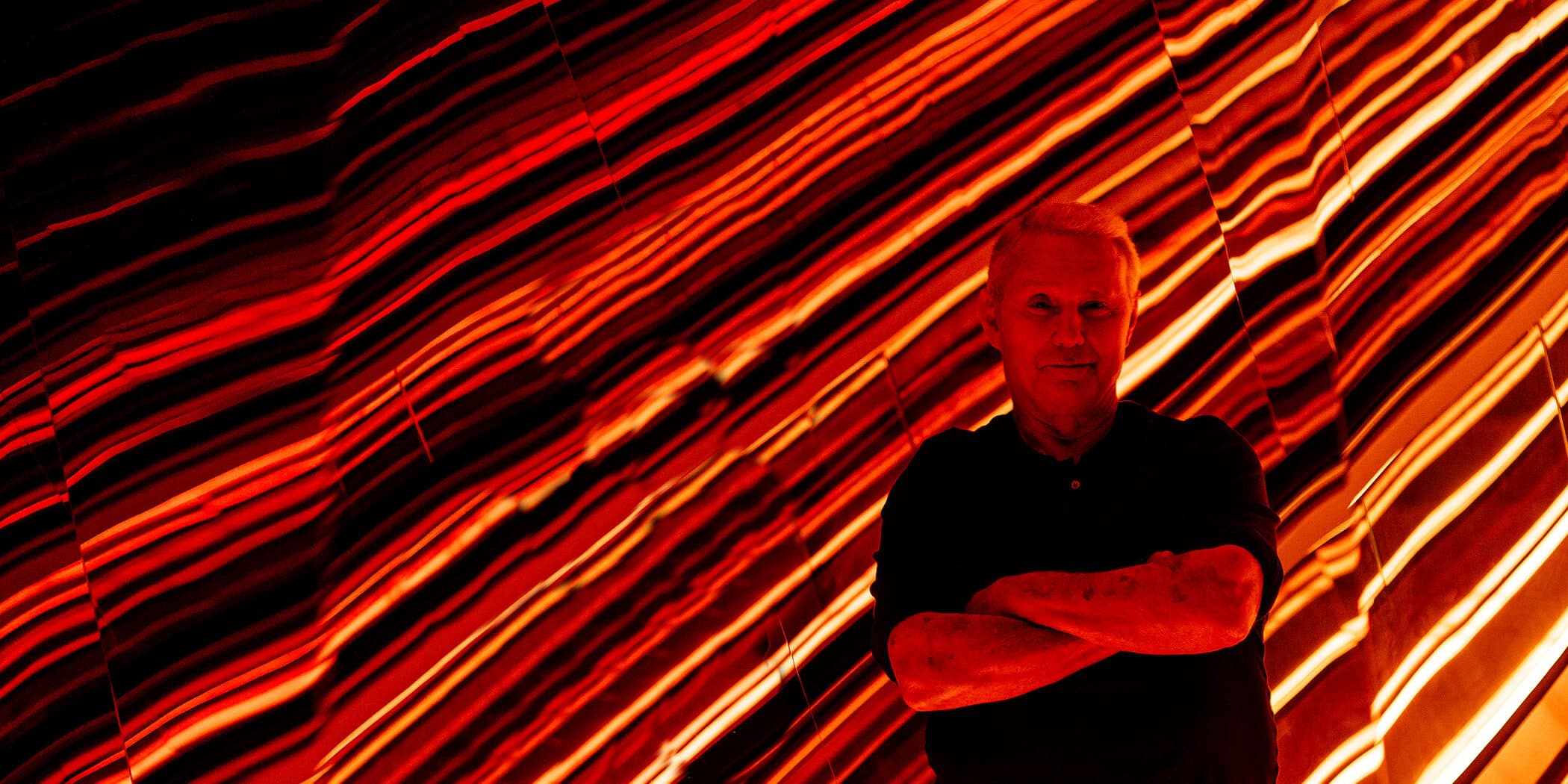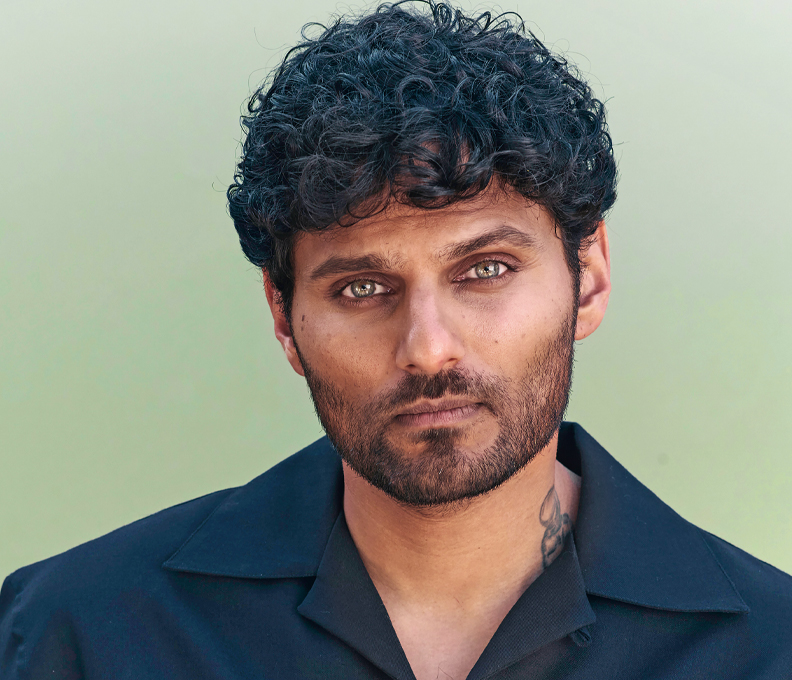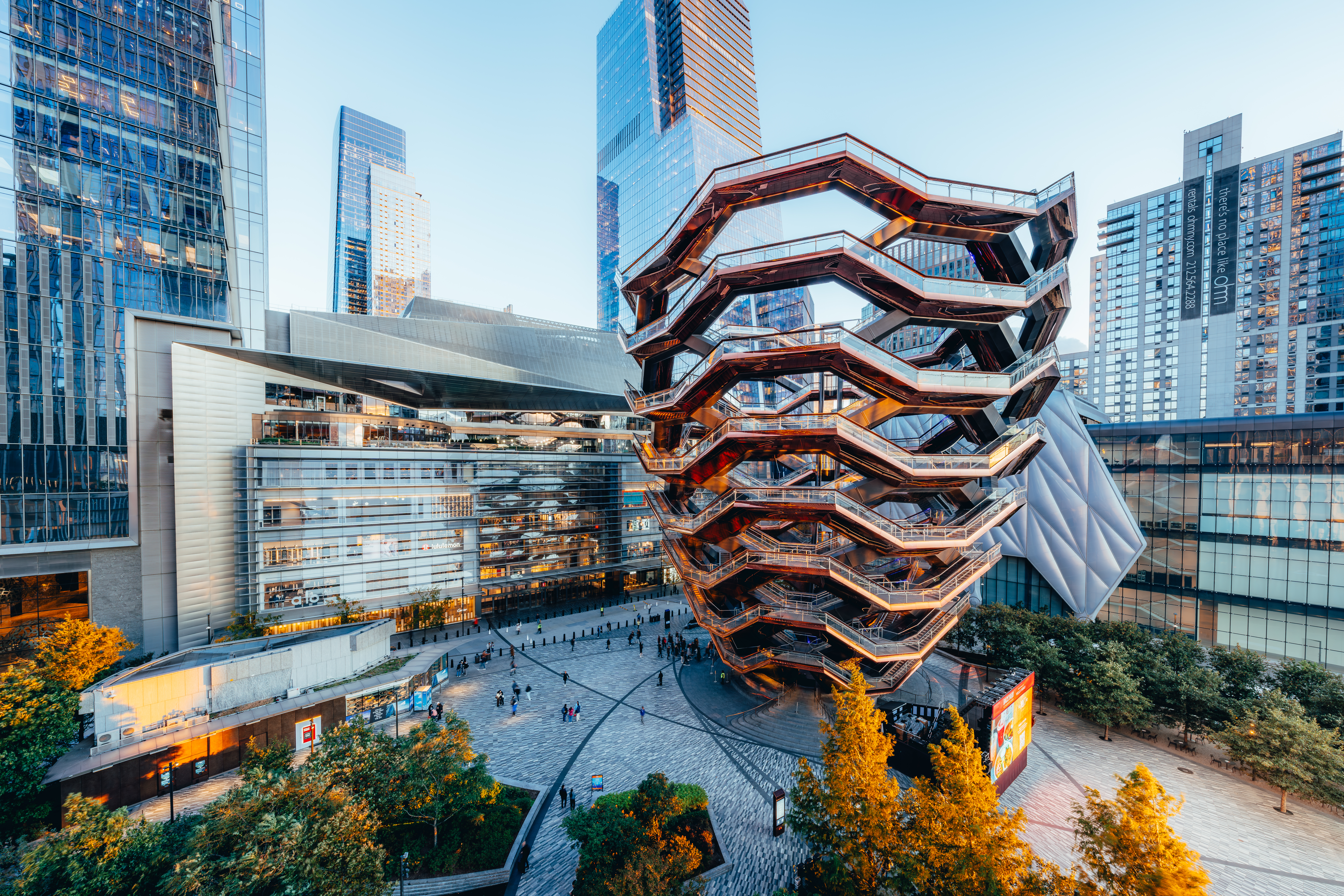Where is Hotelier Ian Schrager Now? Still Setting Trends
Hospitality visionary Ian Schrager continues to revolutionize the industry by tapping into the pop zeitgeist
by Alix Sharkey
May 1, 2022

“I’m just insatiably curious, and I really like to anticipate everything,” says Ian Schrager in his husky New Yorkese, an accent smoothed and mellowed by decades of international travel. “I love to walk around any city, just looking at people, buildings, interiors, fashions. I get online and look at the same things. I’m endlessly curious about new trends, and how people react to them.”
For anyone remotely interested in how we live today, Schrager—creator of Studio 54, the Royalton, the Delano, the Mondrian, numerous Editions, the Public and countless others—is a living legend, a man whose keen instinct for the mood and feel of popular culture has more than once revolutionized the way we travel, work and play.
Watch our interview with Ian Schrager on ReachTV’s The Business Traveler TV Show
In the 1970s and ’80s, he reinvented nightlife by raising the bar for sound and lighting, combining avant-garde decor with architectural grandeur and cutting-edge artworks, in the process elevating expectations of what constitutes a great night out. He then created and perfected the boutique hotel concept, transforming common areas from utilitarian negative spaces into exciting, visually stimulating destinations, while making the lobbies more seductive and accessible to people under 30.
Today, at age 75, Schrager shows no signs of slowing down. After half a century of groundbreaking, he remains relentlessly interested, always looking for the next big thing, making mental notes about new kinds of behavior, noting trends in fashion and style, forever on the lookout for new shapes and colors and textures.
So what has caught his attention lately? “You know, it’s so funny. Right now, I see this new color going around, and that’s pink. All of a sudden, I see a lot of women—and men—wearing it. Pink shirts, sweaters, sneakers, overcoats. I mean, pink? Where did that come from? Why? I’m curious about those kinds of things.” (Back to that thought in a bit.)

Schrager’s fascination with The Now is apparent in his latest personal venture: Public, a midsized and mid-priced but superbly appointed hotel on Chrystie Street on Manhattan’s Lower East Side, with floor-to-ceiling windows, high-end furnishings, curated events and a lobby that easily transitions from daytime workspace to evening lounge. Among the six bars and two restaurants is the signature Popular—featuring Peruvian cuisine by chef Diego Muñoz, who ran Lima’s Astrid y Gaston, named by the 50 Best List as the world’s top Latin American restaurant—as well as the edgy House of X nightlife venue. There are also lots of little freebies thrown in (Shinola bike and helmet for exploring the city, the town’s fastest wireless Internet access). Schrager built the property to lure not only guests but also city residents, drawn by the archetypal New York environment. Still, when Schrager proposed the hotel’s slogan—Luxury for All—it drew instant condemnation from friends and rivals alike.
“A lot of hotel guys and marketing people were telling me, ‘Don’t say luxury! It has a specific meaning and people might get confused.’ I told them, ‘This is a new concept of luxury. It’s not about gold epaulettes and white gloves and starched shirts and bow ties. It’s not predicated upon something that’s been going on since the 19th century.’ Why? Because this is new, a different feeling of luxury. It’s about making a high-quality experience, using creative, innovative elements. And providing it at a price point that’s available to everybody. So it’s got nothing to do with scarcity or exclusivity; it’s more to do with a sense of freedom and enjoyment. The whole idea of luxury has changed. It’s not just for rich people anymore.”
He also remains open to select partnerships. His latest collaborative venture is Edition Hotels, a global partnership with Marriott International, a collection of bespoke properties that manifest the people and culture of their locations. Current outposts include London, Miami Beach, New York City, Barcelona, Shanghai, Abu Dhabi, West Hollywood, Tokyo and Reykjavík. In March, the newest Edition opened near Madrid’s Puerta de Sol and the city’s Golden Triangle of world-renowned art museums. Featuring a joint design by John Pawson and François Champsaur, the hotel incorporates chef Enrique Olvera’s Jerónimo restaurant, as well as the capital’s largest rooftop pool. Future Editions are slated for Las Vegas, Kuala Lumpur and Tampa.
Edition residential units are also available in Miami Beach and West Hollywood, a trend that Schrager says reflects the fact that the distinction between hotels, residences and offices is starting to dissolve. “They’re all getting more and more like each other. That’s why more and more people now want to live in a residence attached to a hotel, because you get the best of both worlds. You can have all the privacy of a home, and the efficiency of a home office, with all the benefits of a hotel—24-hour room and front-desk service, housekeeping, cleaning and concierge services. And then if you want, you can make income by having the hotel let our your residence while you’re out of town for any length of time. So for me, it’s the perfect combination, a very modern way of living.”
Schrager can almost be said to have invented the concept of modernity. Just over 45 years ago, on April 26, 1977, Schrager and his college friend and business partner, Steve Rubell, opened a nightclub in a former television studio at 254 West 54th Street in Midtown Manhattan. Two young guys from Brooklyn opening a club in the middle of a city blighted by near bankruptcy, racial strife and rampant violent crime.
Few expected it to survive, let alone thrive.
Yet within six months Studio 54 was world-famous, a dazzling mix of unbridled hedonism, fabulous theme-party extravaganzas, exotic outfits and theatrical backdrops. Almost every night you’d see Liza and Liz and Andy and Mick and Bianca and Grace and Halston and Farrah and Calvin and Cher, along with sundry other A-listers. Outside, several hundred hopefuls thronged the entrance, desperate to catch the doorman’s eye, while Rubell beckoned the famous and fabulous through the crowd and inside the hallowed velvet rope. At a time when the city was near flatlining, Studio 54 restored New York’s glamour and pride, reviving its reputation as the most exciting and innovative city on earth.
Yet by February 1980, the two partners were convicted felons for tax evasion. Paroled along with Rubell after 13 months, Schrager plunged into the study of his new obsession: architecture. Gradually, the partners decided to put nightlife behind them and move into the hotel business. After months schlepping across the city in search of finance, they finally landed a small loan and took over the Executive Hotel, a crummy joint but in a Murray Hill location they felt had potential, given the right treatment. Their shoestring budget wouldn’t stretch to remodeling, so they concentrated on paint and furnishings, and Schrager convinced leading Parisian interior designer Andrée Putman to give the place a room-by-room makeover.

The partners also went looking for a new nightlife venture. They found it in a dilapidated 1920s theater on 14th Street called The Palladium. Schrager put his new-found architectural nous to work, engaging renowned Japanese architect Arata Isozaki to design the club’s interior. The result was a postmodern juxtaposition of cracked plaster and gilded cornicing with sleek steel forms, its nooks and crannies jam-packed with artworks by Keith Haring, Jean-Michel Basquiat, Kenny Scharf and Francesco Clemente, its arena-sized dancefloor shuddering beneath a technological thunderstorm of kaleidoscopic lighting and twin gargantuan video display banks, each weighing 9,000 pounds, that swiveled out above the dancers’ heads. For Schrager and Rubell, lightning struck twice.
Meanwhile, the Executive had finally reopened as the sleek and unique Morgans Hotel (after the J.P. Morgan Library & Museum next door), its newly refurbished rooms a testament to Putman’s restrained contemporary elegance, its floors staffed by a horde of cute young things in Hugo Boss uniforms, engaging and beautiful and eager to please. There was nothing else like it: Schrager and Rubell had invented the boutique hotel.
By the end of 1985, with the 113-room Morgan at 80-percent capacity and Palladium projected to make $10 million in its first year, the partners could finally secure loans for new projects. “I enjoyed creating, conceptualizing and putting everything together,” Schrager recalls, “and Steve enjoyed dealing with the people, although those areas weren’t exclusive. They were overlapping responsibilities, and we worked very effectively.”
Rubell died in 1989, aged 45, but not before he’d worked with Schrager on two more hotels, the Royalton and Paramount. For these, Schrager engaged a young French designer named Philippe Starck, whose sumptuous but offbeat spaces—lobbies, restaurants, bars, even libraries—seduced customers into spending more time outside their rooms, revolutionizing the use of common areas. The “lobby socializing” concept was born, a new kind of gathering place for guests and residents alike, offering an affordable luxury vibe in an ultra-stylish environment. Looking back, Schrager claims much of their early success was simply down to a refusal to play by the rules.
“We had no idea how to run a hotel,” he says. “We hired a management company for six months until we learned how to do it. But we wanted to make a hotel that we wanted to stay in. Not the kind of hotel my parents liked, but something cool and stylish, something that would appeal to people like us, with a feeling for design and art and a certain glamour. So we broke every rule in the book. I mean, people were telling us, ‘Oh, don’t hire pretty young people, don’t use vinyl on the walls or solid color carpets, don’t allow your staff to interact with guests in a casual manner.’ And now, all those rules we broke? Those are the new rules, right?”
As we’re winding up, I ask Schrager—who in January 2017 received a pardon from President Barack Obama—what advice he’d give to any young entrepreneur starting out in the nightlife or hospitality industries.
“I’d tell them to follow their instincts. You got to be relentless in the pursuit of your idea. You can’t be afraid to fail, otherwise you’re never going to try anything new. Conversely, don’t be afraid to change your mind. If you can’t change your mind, you’re never going to learn anything new.”
And about that color? A few days after our conversation I was catching up on my favorite soccer team, Tottenham Hotspur. I learned that star striker Heung-Min Son had just flown into South Korea to captain the national team in a friendly match. There was a photo of him exiting the Seoul airport, surrounded by adoring fans. He was wearing a bright pink raincoat.




